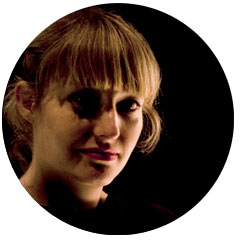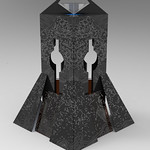Towards the Immortalisation of Kira and Rama
Towards the Immortalisation of Kira and Rama is part of an ongoing ArtScience project originally researched and developed during a three month residency at SymbioticA – Centre of Excellence in the Biological Arts – in 2010. The project involved the display of living cells isolated from the skin of fetal calves (Kira and Rama) in a custom Egyptian-inspired bioreactor along with various relics from the calves’ bodies (teeth, hide, slides of organs, hearts) and intricate dioramas incorporating symbols of death and transformation.
PROJECT DETAILS
MEDIA: Video, calf specimens, custom bioreactor, Kira’s cells, taxidermy
CLASSIFICATION: Bioart, Installation
Acknowledgements
The Immortalisation of Kira and Rama was researched and developed during a residency at SymbioticA, the Centre of Excellence in Biological Arts in the School of Anatomy & Human Biology at The University of Western Australia, made possible by an internship grant from the Australian CRC for Interaction Design (ACID). Production of this works relied on expert input from SymbioticA staff, The Tissue Culture and Art Project and research scientists. Thanks are extended to Oron Catts and Ionat Zurr for input during development phases and SARG and Dusty Tame and John Barnard for initial bioreactor prototyping. The final bioreactor prototype was developed with assistance from IHBI members Dr Tristan Kroll and Leo Leung and CIF visual art technician Michael Riddle.








